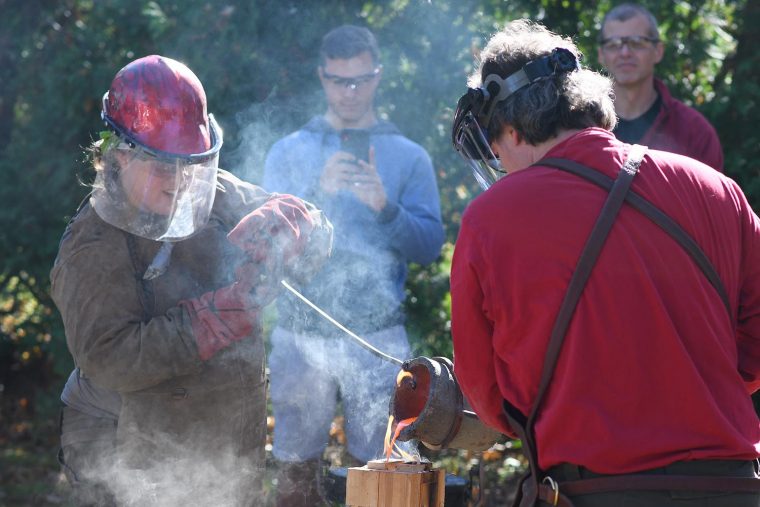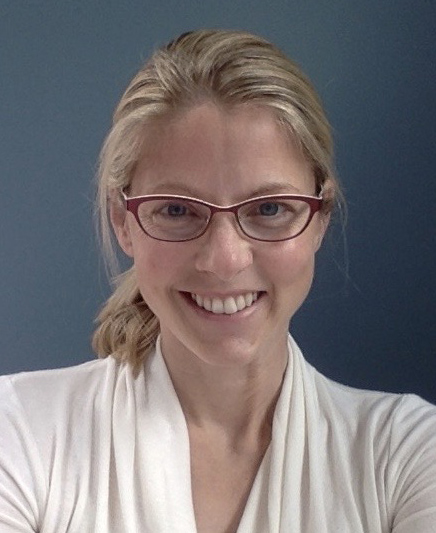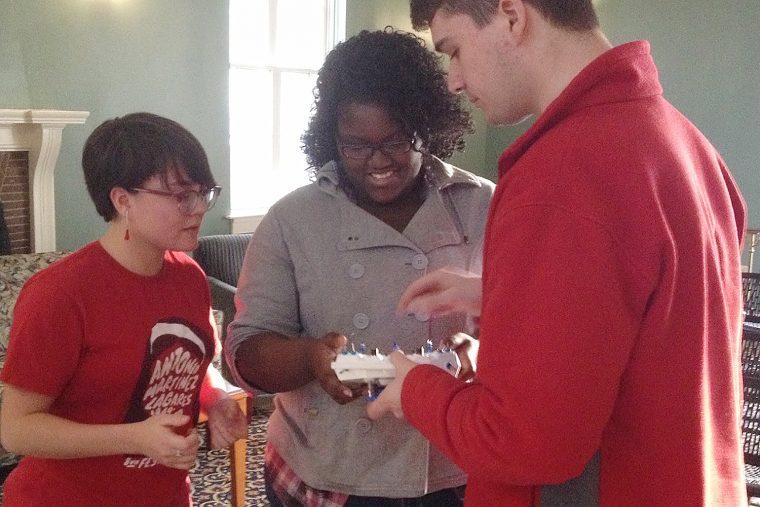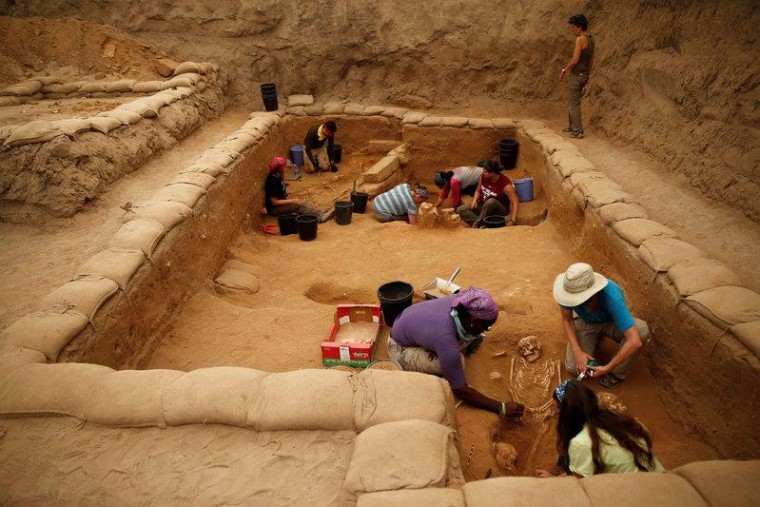There was something about Kate Birney's research that smelled a little off. As far back as the 4th century B.C., Greece was a global leader in producing a plethora of posh perfumes sold in handcrafted ceramic bottles marked with three chalky-white stripes. "Much like today, some of these ceramic perfume bottles were 'branded'—made in distinctive shapes, and painted or decorated in distinctive ways—probably to tell the consumer what scent they contained, or which perfume house/region they were imported from," said Birney, associate professor of classical studies and chair of Wesleyan's Archaeology Program. So when similar bottles, or unguentaria, were excavated…
Students taking the CCIV/ARCP 153: Single Combat in the Ancient World course learned how to cast their own bronze sword and arrowhead during class on Oct. 24. The process is a modern-day method of how weapons would have been crafted during the Late Bronze Age (3000 to 1200 BC). The two-hour workshop was taught by Connecticut bladesmiths Barbara Wechter of Wechter Arms and Matt Berry of Hopkins Forge. Berry is a former contestant on History Channel's "Forged in Fire." While Berry heated molten bronze (copper and tin) to 1,900 degrees Fahrenheit, Wechter demonstrated how to build a mold from oil-based…
The scent of ancient perfumes evaporated eons ago, but scientists are able to reconstruct their ingredients by analysis of the residues left on their containers. Up until now, however, such studies have largely been isolated in the scientific literature, disconnected from the textual and archaeological data that place these perfumes back into the hands of their ancient users. Kate Birney, assistant professor of classical studies, archaeology, and art history, is hoping to change that as co-architect of the OpenARCHEM project, which seeks to assemble the largest set of organic residue samples ever collected from archaeological artifacts around the Mediterranean. Built…
On March 28, the Archaeology Program and the Department of Classical Studies invited Ian Roy of Brandeis University to Wesleyan to discuss ways new technologies are used to study the past. Roy is the founding head of Brandeis MakerLab and director for research technology and innovation at Brandeis University's library. Roy first visited the Archaeometry: How to Science the Heck out of Archaeology class taught by Andrew Koh, visiting assistant professor of archaeology. There, he demonstrated how to scan objects in 3-D using an Artec Space Spyder, a tool that uses structured light to capture incredibly high-resolution scans of objects. The class produced multiple models of artifacts, including a…
Two Wesleyan students, one recent alumna and a faculty member contributed to a groundbreaking discovery of the first Philistine cemetery, a crowning achievement of more than 30 years of excavation in Ashkelon, Israel. Archaeologists and scholars have long searched for the origin of the Philistines, and the discovery of the cemetery is poised to offer the key to this mystery. Findings from the cemetery, dated to the 11th–8th centuries BCE, may well support the claim – long inferred and recorded in the Bible – that the Philistines were migrants to the shores of ancient Israel who arrived from lands to the…






